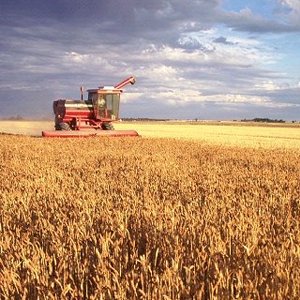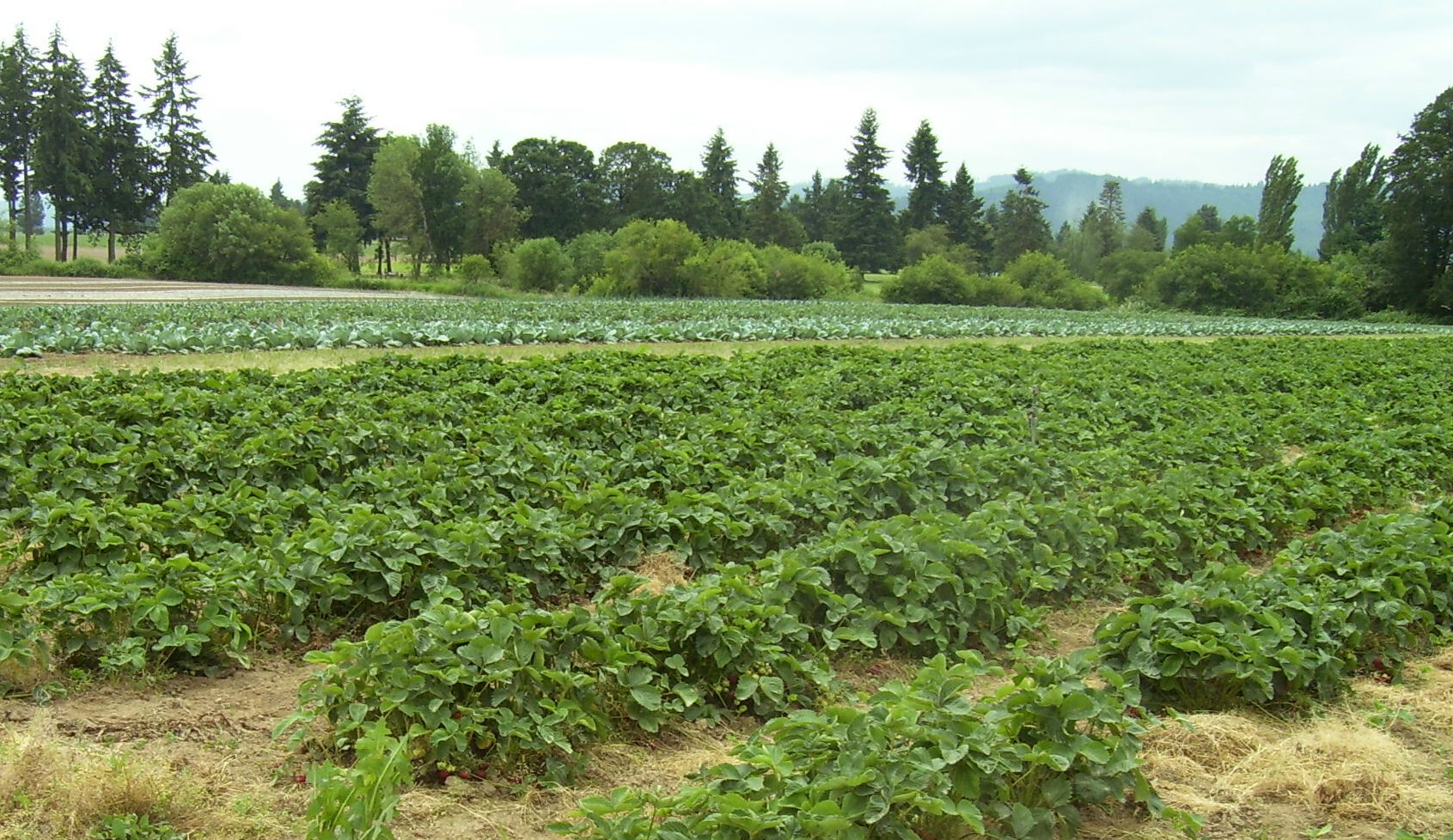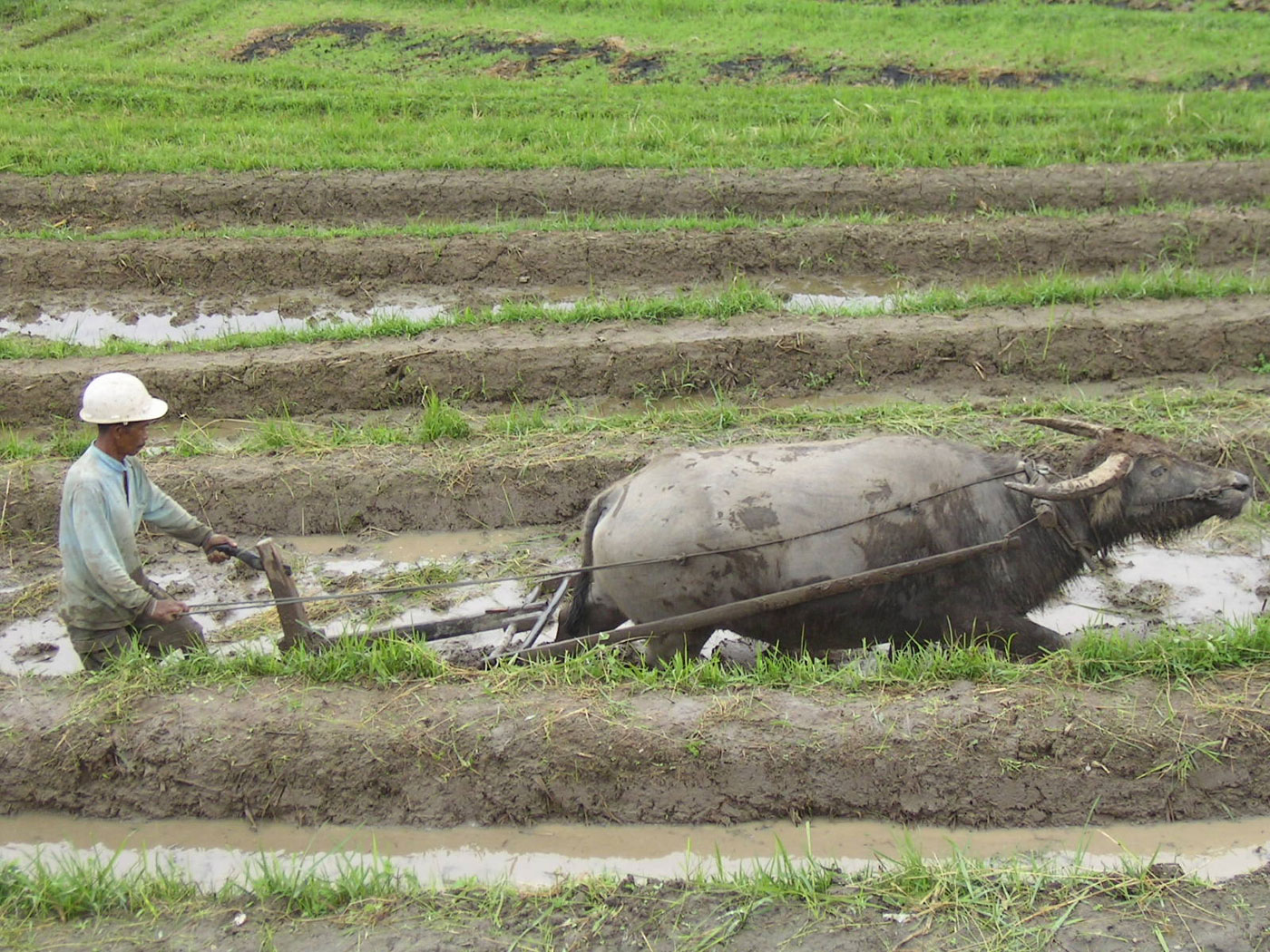Agriculture Farming Detail
The increasing costs of using bullocks to do farm work as well as the fact that the Mahatma Gandhi National Rural Employment Guarantee Scheme has pushed by rural wages are contributing to an increase in farm mechanization. Mint had reported in December 2010 that tractor sales had touched record levels in the last three months of 2009 despite the fact that India had faced its worst monsoon in more than three decades and farm output had dropped 2.8%.
Around half the farm equipment used in India is still powered by animal power, according to an article published this week in Business Standard. But the rapid sales growth of farm equipment, especially tractors, in recent years suggests that more machines are being used in farms and orchards.
Most Asian countries have been through this transition, as underemployed labour that gets released from the agricultural sector is absorbed by a growing modern sector. One stylized illustration of this process was provided by the West Indian economist W. Arthur Lewis, who won the Nobel Prize in 1979. In a seminal paper published in 1954, Lewis developed his famous dual sector model of the economy. The traditional sector has unlimited supplies to labour which get gradually released into the modern sector, which can thus grow without any wage inflation.
The increasing costs of using bullocks to do farm work as well as the fact that the Mahatma Gandhi National Rural Employment Guarantee Scheme has pushed by rural wages are contributing to an increase in farm mechanization. Mint had reported in December 2010 that tractor sales had touched record levels in the last three months of 2009 despite the fact that India had faced its worst monsoon in more than three decades and farm output had dropped 2.8%.
Around half the farm equipment used in India is still powered by animal power, according to an article published this week in Business Standard. But the rapid sales growth of farm equipment, especially tractors, in recent years suggests that more machines are being used in farms and orchards.
Most Asian countries have been through this transition, as underemployed labour that gets released from the agricultural sector is absorbed by a growing modern sector. One stylized illustration of this process was provided by the West Indian economist W. Arthur Lewis, who won the Nobel Prize in 1979. In a seminal paper published in 1954, Lewis developed his famous dual sector model of the economy. The traditional sector has unlimited supplies to labour which get gradually released into the modern sector, which can thus grow without any wage inflation.
Agriculture Farming
Agriculture Farming
Agriculture Farming
Agriculture Farming
Agriculture Farming
Agriculture Farming
Agriculture Farming
Agriculture Farming
Agriculture Farming
Agriculture Farming
Agriculture Farming
Agriculture Farming
Agriculture Farming
Agriculture Farming
Agriculture Farming
Agriculture Farming
Agriculture Farming
Agriculture Farming
Agriculture Farming
Agriculture Farming



.jpg)











No comments:
Post a Comment